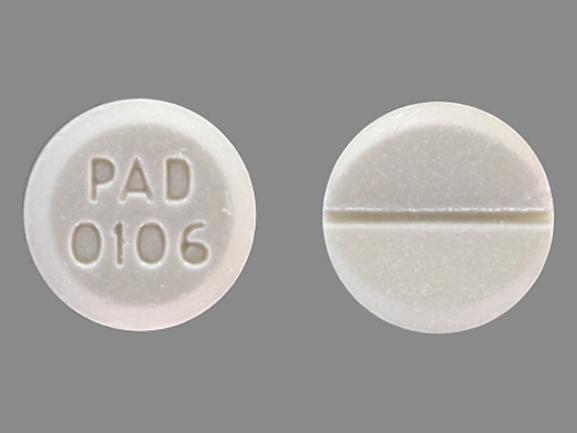Bromocriptine Disease Interactions
There are 4 disease interactions with bromocriptine.
Dopamine agonists (applies to bromocriptine) cardiac disease
Major Potential Hazard, Low plausibility. Applicable conditions: Cardiovascular Disease
Cardiac irregularities occur infrequently in patients on dopamine agonists. The initial administration and titration is recommended to occur under close cardiac monitoring in a facility equipped for intensive cardiac care. Adverse cardiac affects may include palpitation, sinus tachycardia, ventricular tachycardia, extrasystole, atrial flutter or fibrillation, or block of AV conduction.
Dopamine agonists (applies to bromocriptine) psychoses/depression
Major Potential Hazard, Moderate plausibility. Applicable conditions: Psychosis
The use of dopamine agonists has been associated with psychiatric effects such as hallucinations, psychosis, confusion, anxiety, mania, hypomania, depression, rapid mood cycling, nightmares, and hypersexuality. Therapy with dopamine agonists should be administered cautiously in psychotic patients and all patients should be carefully observed for development of depression and suicidal tendencies.
Dopamine agonists (applies to bromocriptine) hypotension
Moderate Potential Hazard, Moderate plausibility.
Dopamine agonists may impair the systemic regulation of blood pressure, with resultant orthostatic hypotension at any time, but especially during dose escalation. Additionally, patients with Parkinson's disease may have an impaired capacity to respond to an orthostatic challenge. For these reasons, patients with Parkinson's disease (or restless legs syndrome) who are being treated with dopaminergic agonists typically require careful monitoring for signs/symptoms of orthostatic hypotension, especially during dose escalation, and should be advised of this risk.
Dopaminergic antiparkinsonian agents (applies to bromocriptine) psychosis
Moderate Potential Hazard, Moderate plausibility.
Ordinarily, patients with major psychotic disorder should not be treated with dopaminergic antiparkinsonian agents, because of the risk of exacerbating psychosis. Hallucinations and psychotic-like behavior have been reported with dopaminergic medications. In addition, certain medications used to treat psychosis may exacerbate the symptoms of Parkinson's disease and may decrease the effectiveness of these drugs. The use of bromocriptine in patients with severe psychotic disorders is not recommended.
Switch to professional interaction data
Bromocriptine drug interactions
There are 461 drug interactions with bromocriptine.
Bromocriptine alcohol/food interactions
There is 1 alcohol/food interaction with bromocriptine.
More about bromocriptine
- bromocriptine consumer information
- Check interactions
- Compare alternatives
- Pricing & coupons
- Reviews (41)
- Drug images
- Side effects
- Dosage information
- During pregnancy
- Drug class: dopaminergic antiparkinsonism agents
- Breastfeeding
- En español
Related treatment guides
Drug Interaction Classification
| Highly clinically significant. Avoid combinations; the risk of the interaction outweighs the benefit. | |
| Moderately clinically significant. Usually avoid combinations; use it only under special circumstances. | |
| Minimally clinically significant. Minimize risk; assess risk and consider an alternative drug, take steps to circumvent the interaction risk and/or institute a monitoring plan. | |
| No interaction information available. |
See also:
Further information
Always consult your healthcare provider to ensure the information displayed on this page applies to your personal circumstances.


